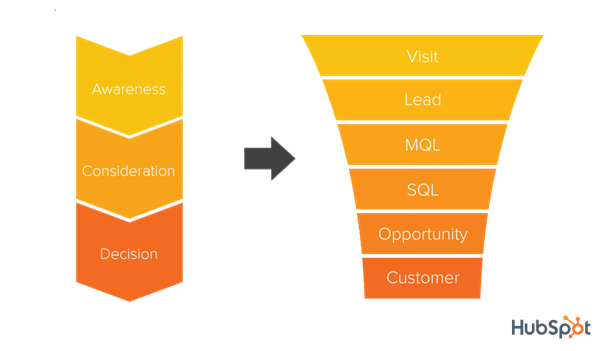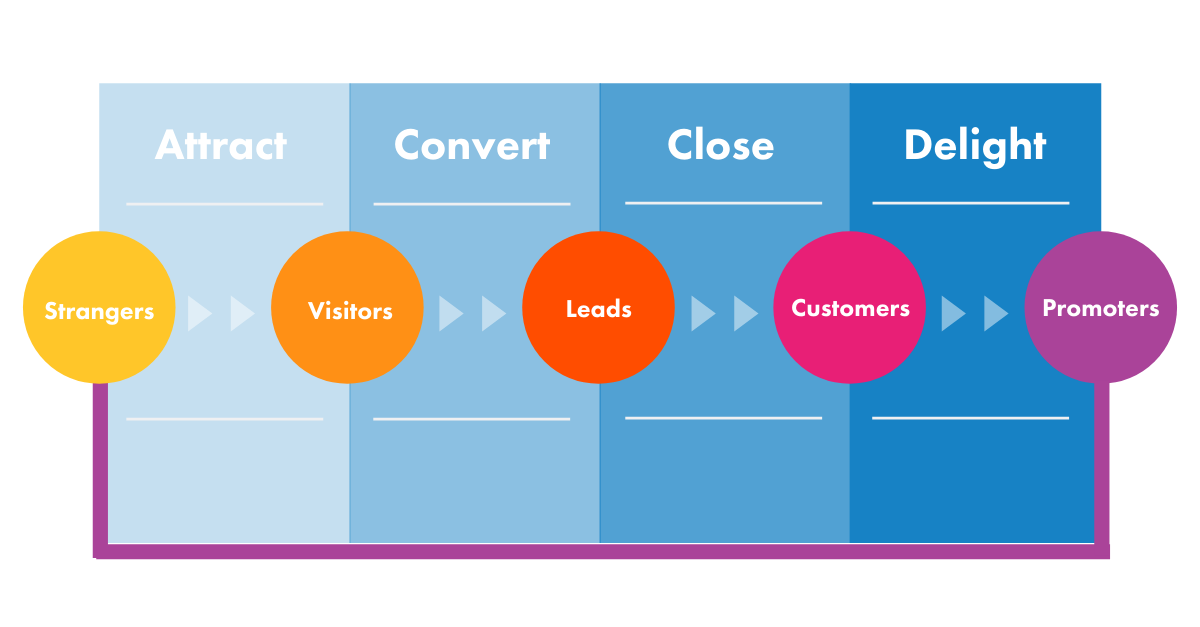Aligning Your Sales & Marketing Teams
What does that mean? Plenty of Sales & Marketing Teams often don’t see eye to eye.
The Sales Team says that the Marketing Team provide poor quality leads and the Marketing Team say that the Sales Team don’t always follow up.
The Urban Dictionary definition of the expression “when the stars align” is:
When an unexpected and nearly impossible event takes place. Usually due to pure luck or the divine intervention of God.
But when Sales and Marketing align, we can build unity and a harmonious ‘Smarketing’ Team. Which means that hopefully we won’t have to rely on pure luck or even God’s intervention.
The Four Steps to Smarketing Alignment
Sales and Marketing need to get together to work this out.
1. Create Ideal Buyer Profiles and Buyer Personas
In the B2B world, Ideal Buyer Profiles are companies that are the perfect fit for our products or services.
That might be down to size in terms of personnel or turnover, or it might be down to geography – within a 50-mile radius of you, or just within the UK.
Maybe there are industries or verticals that are ideal?
Just as important as the ideal buyer is the opposite – which companies are not the kind of company that you want to do business with.
Then you need to build out (typically) three to six buyer personas that might work at the ideal company that will influence the purchase of your products or service.
This is a crucial step and we run a three-day workshop to go into the right level of depth to pin this down.
And at each stage you need your Sales and Marketing Teams to agree.
2. Define where the Hand-off is between Marketing and Sales
If you are using HubSpot then you already have a framework for describing the lifecycle stages of the buyer’s journey.

The crucial bit here is the MQL and SQL or Marketing Qualified Lead and Sales Qualified Lead.
An MQL is a lead that Marketing must qualify before passing on to sales. And an SQL is a lead that Sales must qualify before something is marked as being an opportunity.
To help define exactly what the definition is of an MQL it needs to be a good fit against the Ideal Buyer Profile (company) and Buyer Persona (individual in that company).
But we also need to measure how engaged they are. A customer who signs up to your email newsletter is not as engaged as someone who has requested a demo of your solution.
Then good fit leads with a high level of engagement should be passed to Sales right away. With Marketing Automation and Lead Scoring these can be automatically passed to your Sales Team quickly.
And good fit leads that aren’t engaged should be nurtured. Sales should definitely not be trying to sell at this stage.
Poor fit leads that are engaged should be handled carefully. Send them group based offerings like webinars. If they aren’t a good fit, you don’t really want to spend valuable sales time with them.
Poor fit, low engagement leads can be ignored.
3. Create Lead views for the Sales Team
This is straight forward in something like HubSpot. You simply create a view in the CRM system that shows the Marketing Qualified Leads.
Each Sales Person can have their own if they divided up by territory or existing customers.
You can also set up lead alerts so that whenever there is a new lead for them to jump on, they know right away.
Sales Managers can have an overview of everything so that everyone has immediate and clear visibility of any incoming leads.
4. Create Service Level Agreements each way
Marketing and Sales need to include two halves of this document:
- Everything that Marketing promises to Sales
- Everything that Sales promises to Marketing
Typically, Marketing will agree to provide a certain number of leads in a month. However, this works much better when Marketing’s promise is in revenue rather than leads.
That way they are starting to talk the Sales Team’s language. Sales Teams promise revenue to the company. As soon as Marketing promises the same “currency” Sales and Marketing Teams align.
There is some simple maths involved in this:
If the monthly revenue goal is £100,000 and average revenue per customer is £5000 then the company needs 20 new customers each month.
If you have a lead to customer conversion rate of 4% then you need 500 new leads to gain 20 new customers.
And if you know your visitor to lead conversion rate (let’s say 5%) then we’ll need 10,000 visitors to hit the goal of 5%.
Now Marketing’s goals are not just about traffic per se, but about getting sufficient traffic to ultimately hit the revenue goals.
Now what can Sales promise Marketing? How about speedy response to leads?
How about responding within 4 working hours? Does it need a second approach, to chase up again within two working days (for example)?
Hopefully those are some useful ideas for aligning your Sales and Marketing Teams, which is all part of an Inbound Marketing Approach.





